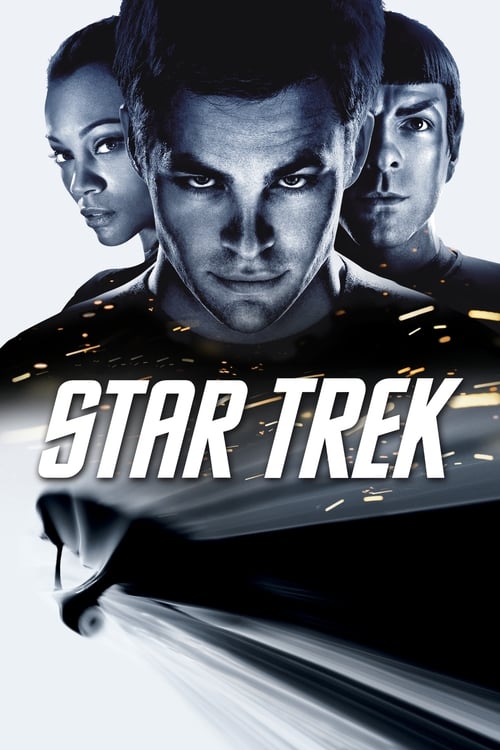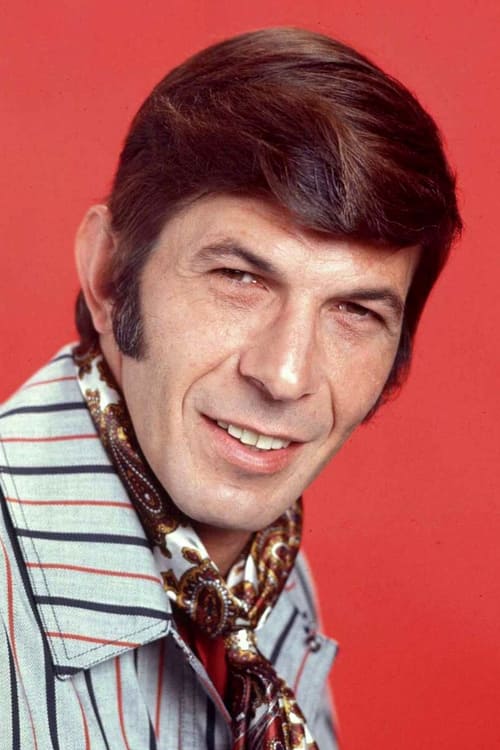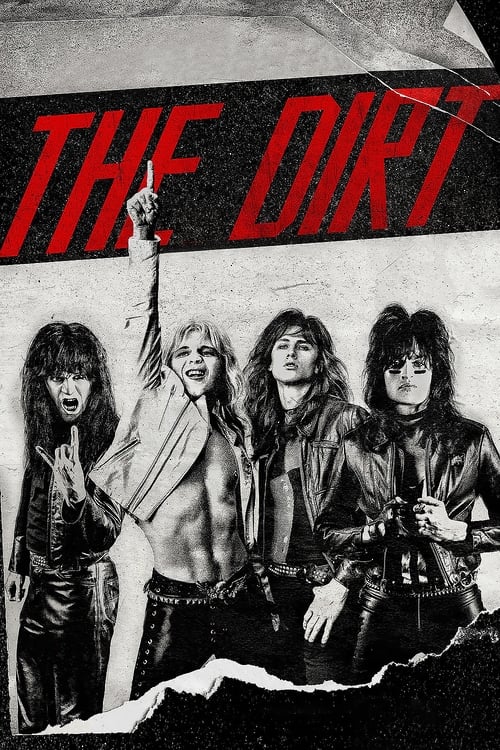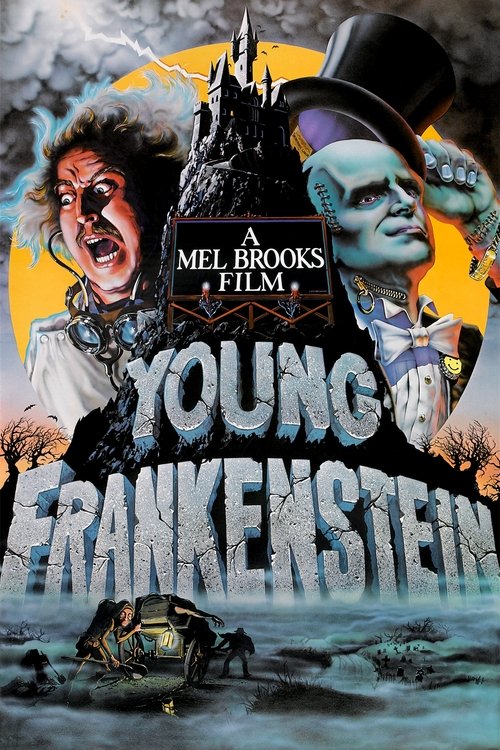
Star Trek
The fate of the galaxy rests in the hands of bitter rivals. One, James Kirk, is a delinquent, thrill-seeking Iowa farm boy. The other, Spock, a Vulcan, was raised in a logic-based society that rejects all emotion. As fiery instinct clashes with calm reason, their unlikely but powerful partnership is the only thing capable of leading their crew through unimaginable danger, boldly going where no one has gone before. The human adventure has begun again.
Dialogues from Movie Star Trek
Quotes from Movie Star Trek
Sound Tracks from Star Trek by Michael Giacchino
Enterprising Young Men
Enterprising Young Men by Michael Giacchino, Themes during the introduction of the USS Enterprise
I Ain't Got Nothin'
I Ain't Got Nothin' by The Beatles, Background during a party scene
Twilight Zone
Twilight Zone by Michael Giacchino, Played during key countdown moments
Download App
Memorable Scenes from Movie Star Trek
Kirk's First Command
In this scene, we witness James T. Kirk taking command of the USS Enterprise for the first time. The build-up includes his journey from a rebellious student at Starfleet Academy to a confident leader. As he takes the captain's chair, the tension peaks when the crew, with their mixed feelings towards him, looks to him for direction. The moment is punctuated by Kirk's steady voice giving orders as the ship's engines roar to life, symbolizing a new beginning. The aftermath shows Kirk embracing his role and earning the crew's trust, setting the stage for their adventures together.
Context: This scene marks a crucial turning point for Kirk and establishes his character as a determined leader who rises to the occasion, setting the tone for the rest of the film.
Spock's Sacrifice
When the Enterprise is caught in a black hole, Spock makes a brave decision to save the crew. The build-up involves the ship in turmoil and crew members at risk, leading to the pivotal moment where Spock heads to the engine room. Amidst the chaos, he delivers a heartfelt line about the needs of the many outweighing the needs of the few. This sacrifice not only showcases Spock's inner conflict but also the depth of his character. It alters the trajectory of the story as it emphasizes themes of friendship and loyalty.
Context: Spock's act of selflessness is a defining moment in his evolution, highlighting his struggle between logic and emotion and solidifying his bond with Kirk.
The First Encounter with the Narada
The USS Enterprise encounters the Romulan ship Narada for the first time. The build-up is tense, with the crew anxious about their untested ship facing a powerful enemy. When the Narada opens fire, the scene hits its peak with stunning visuals of the ship's collision course and the crew's frantic response. The aftermath leaves the Enterprise damaged and vulnerable, raising the stakes for their mission.
Context: This scene establishes the formidable nature of the Narada and tests Kirk and his crew, laying the groundwork for their struggles ahead.
Kirk and Spock's Friendship
In a quiet moment aboard the Enterprise, Kirk and Spock share a vulnerable conversation about their different backgrounds and what it means to be a leader. The build-up includes a series of stressful missions that pull them apart. The pivotal moment occurs when Spock opens up about his struggle with emotions, leading to a meaningful exchange that solidifies their friendship. The aftermath shows a stronger partnership as they navigate their challenges together.
Context: This scene deepens the resonance of their friendship, showcasing the theme of unity overcoming differences.
The Vulcan Destruction
Vulcan is destroyed in a catastrophic event, and we see Spock's devastation in real-time. The build-up includes rising tensions between the Federation and the Romulans, culminating in this heartbreaking moment. Pivotal visuals capture the destruction of Spock's home planet and his emotional breakdown as he watches. This act of loss significantly alters Spock's path, pushing him towards a quest for justice.
Context: This event serves as a catalyst for Spock's character development and highlights themes of loss and vengeance.
Kirk and Uhura's Connection
Kirk and Uhura share a brief, intimate moment that emphasizes the emerging bond between them. The build-up includes the tension of their positions in Starfleet, and the pivotal moment captures their shared glance that hints at mutual feelings. This moment is crucial as it adds depth to Uhura’s character and shows her as more than just a communications officer.
Context: Their connection complicates the dynamics within the crew and adds to the film's exploration of love and relationships amidst conflict.
The Final Showdown with Nero
The climax features an explosive showdown between the Enterprise crew and Nero's forces. The build-up creates a palpable tension as Kirk rallies his crew for the ultimate battle. The pivotal moment comes when Kirk devises a daring strategy to outsmart Nero, showcasing his growth as a leader. The aftermath is a triumphant victory, but not without sacrifices, as the crew learns the true cost of their mission.
Context: This moment highlights themes of heroism and sacrifice, and solidifies Kirk’s role as a worthy captain.
Pike’s Encouragement
Captain Christopher Pike delivers a heartfelt speech to Kirk, urging him to follow his instincts and grow into a strong leader. The build-up showcases Kirk's self-doubt as he contemplates his future in Starfleet. Pivotal dialogue from Pike emphasizes belief in Kirk’s potential, rallying him to embrace his destiny. This moment shapes Kirk's confidence and choices moving forward.
Context: Pike's mentorship is vital in Kirk’s development and reinforces the theme of guidance and legacy.
Scotty's Transporter Trick
Scotty pulls off an impressive feat by beaming Kirk and Spock aboard the Narada just in time. The tension builds as time runs out, and the pivotal moment arrives when Scotty improvises against all odds. The lightheartedness of the scene breaks the tension just before a climax, showcasing Scotty's ingenuity. The aftermath introduces a new layer of respect for Scotty’s skills and camaraderie among the crew.
Context: This moment underlines the importance of teamwork and how every member's talent plays a role in overcoming challenges.
Nero's Motivation
Nero reveals his tragic backstory and motivations for attacking the Federation, providing context to his character. The build-up occurs as Kirk and Spock confront him, leading to the pivotal moment where he connects his vendetta to Spock's failure to save his planet. This revelation adds depth to Nero, transforming him from merely a villain into a multidimensional character with understandable motives.
Context: This recontextualization influences how the audience perceives conflict, highlighting themes of revenge and understanding.
The Enterprise's Maiden Voyage
The Enterprise departs on its inaugural mission, with the crew filled with hope and trepidation. The build-up includes their preparations and past struggles leading to this moment. The pivotal moment is marked by Kirk's inspiring speech just before takeoff. The aftermath reveals the crew's excitement for their adventure in uncharted territory.
Context: This moment embodies the spirit of exploration central to the series and sets the tone for the journeys to come.
Uhura's Language Skills
Uhura showcases her linguistic abilities when communicating with an alien force, highlighting her significance within the crew. The build-up includes rising tensions as communication barriers hinder their mission. The pivotal moment is when Uhura boldly steps forward to bridge these gaps. This triumph leads to a deeper appreciation for her role among the crew.
Context: This demonstrates the value of diverse skills in overcoming obstacles, underscoring themes of cooperation and intelligence.
The Emotional Goodbye
The crew shares a bittersweet farewell after completing their mission. The build-up includes camaraderie and shared experiences throughout their journey. The pivotal moment is marked by Kirk's heartfelt words, allowing his vulnerability to shine. The aftermath strengthens their bond as they part ways, leaving a lasting impact on viewers.
Context: This scene highlights the theme of friendship and the fleeting nature of moments, solidifying the emotional weight of their experiences.
Kirk's Defiance
Kirk defies authority to save his crew, showcasing his rebellious leadership style. The build-up shows increasing frustration with the rules holding him back. The pivotal moment is his bold choice to go against orders during a critical point. The aftermath leads to consequences but highlights Kirk’s determination and willingness to fight for what’s right.
Context: This scene embodies the theme of questioning authority and the importance of personal convictions.
McCoy's Life Support Decision
McCoy faces a moral dilemma over whether to use a risky procedure to save a dying crew member. Build-up involves escalating tension as time runs short—pivotal dialogue reveals his internal conflict. Ultimately, McCoy’s choice to proceed at great risk illustrates themes of sacrifice and medical ethics.
Context: This moment emphasizes the weight of responsibility and consequences within leadership roles.
Kirk's Return to the Bridge
Kirk returns to the bridge after a pivotal moment of character growth, asserting his leadership. The build-up builds anticipation as the crew watches his every move. The decisive moment is when he confidently gives orders, reclaiming his space. The aftermath sees the crew rallying around their captain, embodying their collective strength and trust.
Context: This signals Kirk’s full embrace of his destiny as a captain and the evolution of leadership within the film.
The Spock and Kirk Confrontation
Spock and Kirk argue over their differing beliefs about leadership and sacrifice. The build-up involves rising tensions between their philosophies. The pivotal moment strikes with heated dialogue that exposes their personal challenges. The aftermath leads to a deeper understanding of each other and mutual respect, solidifying their partnership.
Context: This confrontation captures the essence of their relationship and emphasizes the theme of duality in character motivations.
The Crew's Loyalty
During a dangerous mission, the crew's loyalty to Kirk is tested. The build-up includes moments of tension and looming danger. The pivotal moment arises when Spock defies logic to stand by Kirk's side. This solidifies their bond in a heartwarming show of solidarity, emphasizing teamwork.
Context: This moment brings the theme of loyalty to the forefront, illustrating how trust enhances their dynamic.
Revisiting Kirk's Past
Kirk recalls significant moments from his turbulent past that shaped him. The build-up hints at his inner struggles through flashbacks and conversations. The pivotal moment is Kirk's realization of his motivations for seeking redemption, connecting deeply with the audience’s empathy. The aftermath sees him more resolute in his decisions moving forward.
Context: This exploration of past experiences transmits the film’s themes of growth and overcoming adversity.
Spock's Farewell to Vulcan
Spock stands amid the destruction of Vulcan, reflecting on his lost home. The build-up is filled with emotional turmoil leading to this pivotal moment of mourning. The visual of Spock’s silence and pain resonates deeply, emphasizing his loss. The aftermath shapes Spock's next steps, moving him toward a quest for vengeance.
Context: His internal conflict drives the emotional weight of the film and examines themes of identity and belonging.
The Reunion
In a touching moment, the crew reunites after a long separation, celebrating their bond. The build-up features past struggles and losses weighing on their hearts. The pivotal moment arrives as they embrace each other, bringing a wave of relief and joy. The aftermath solidifies their family-like connection, reinforcing the power of teamwork.
Context: This reunion encapsulates the theme of friendship and the emotional stakes of their journey together.
Download App













